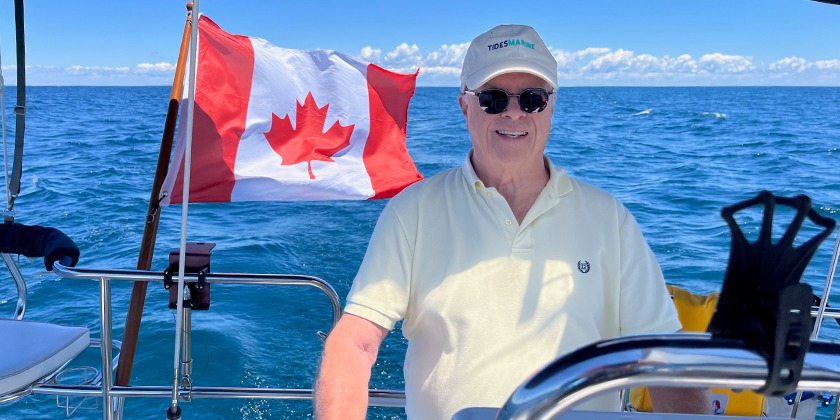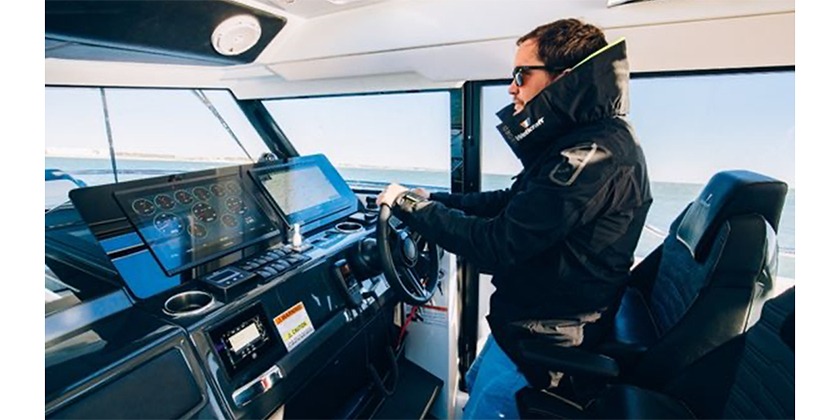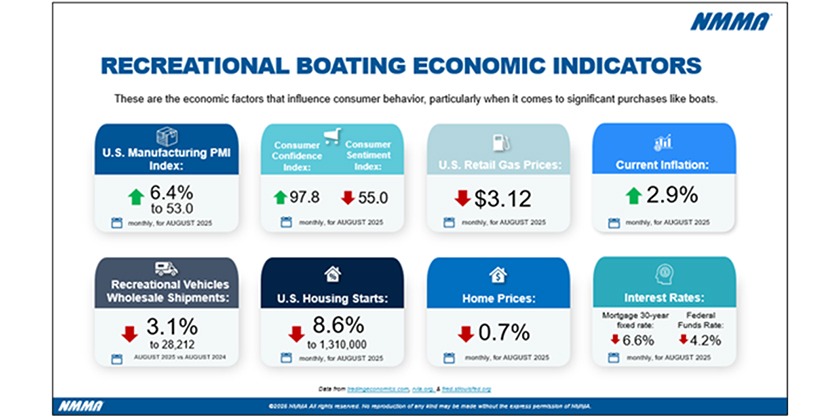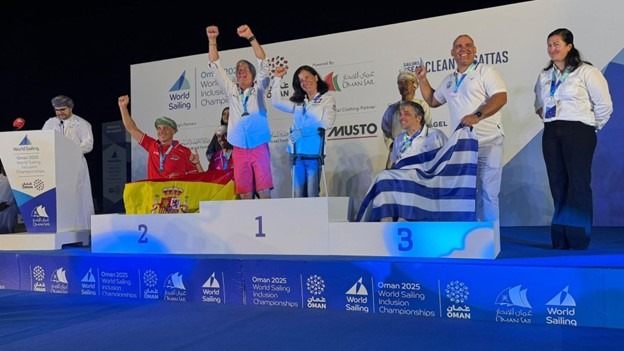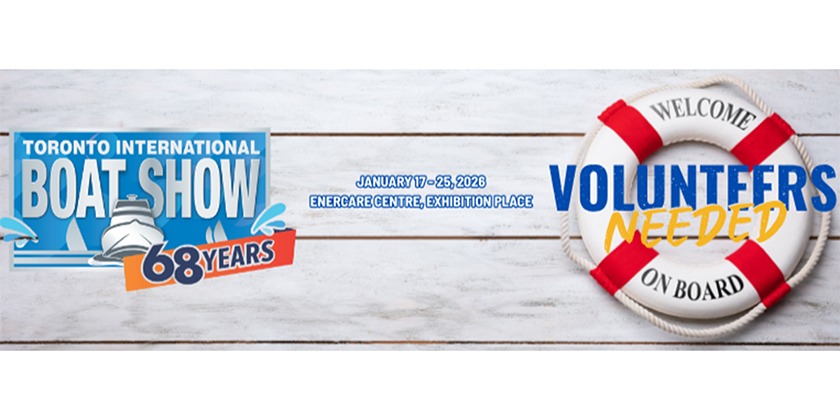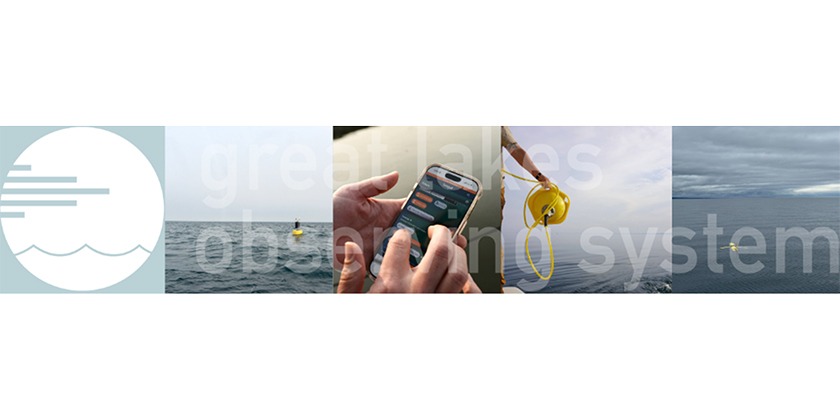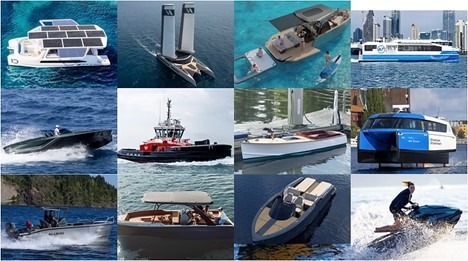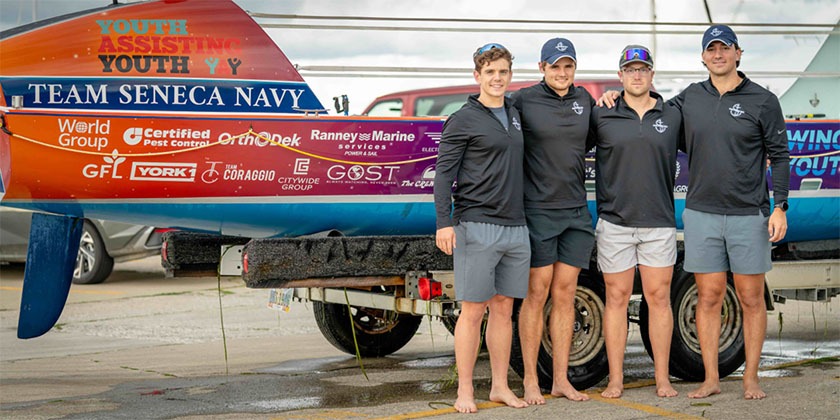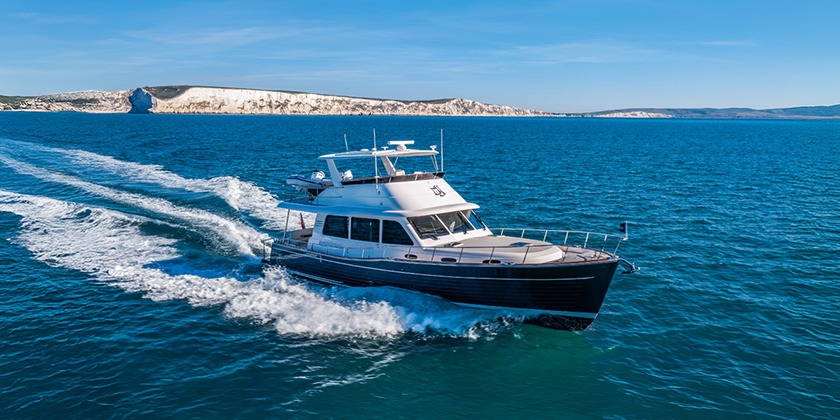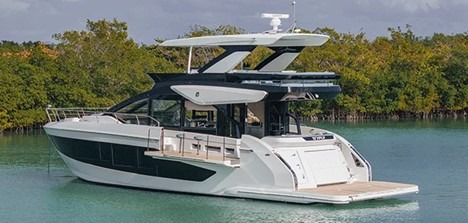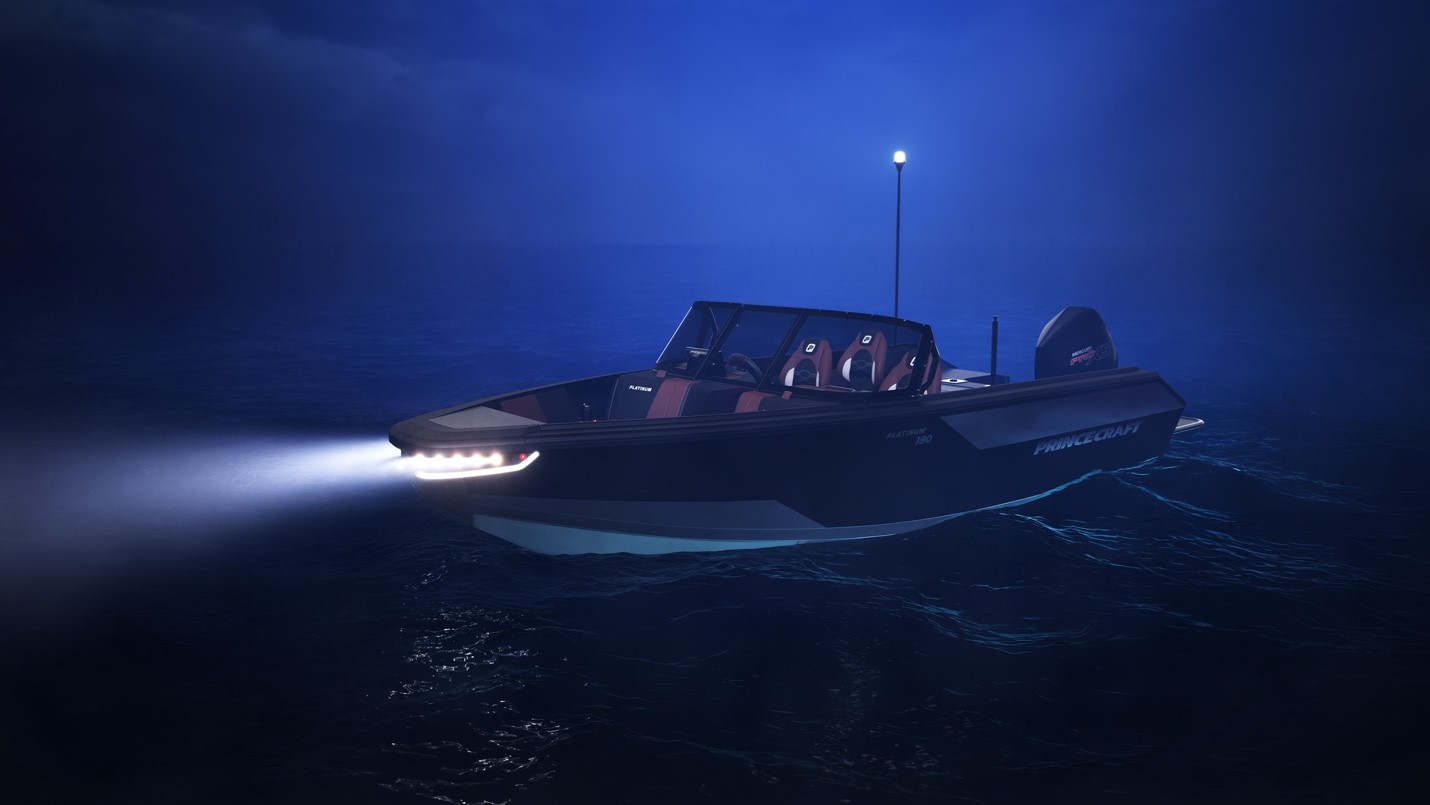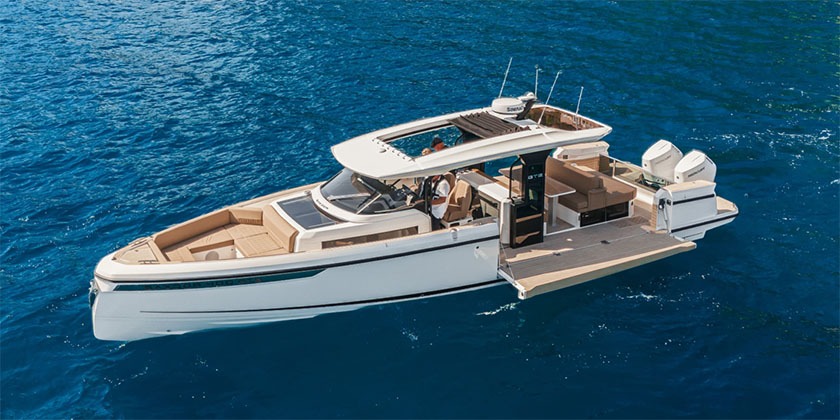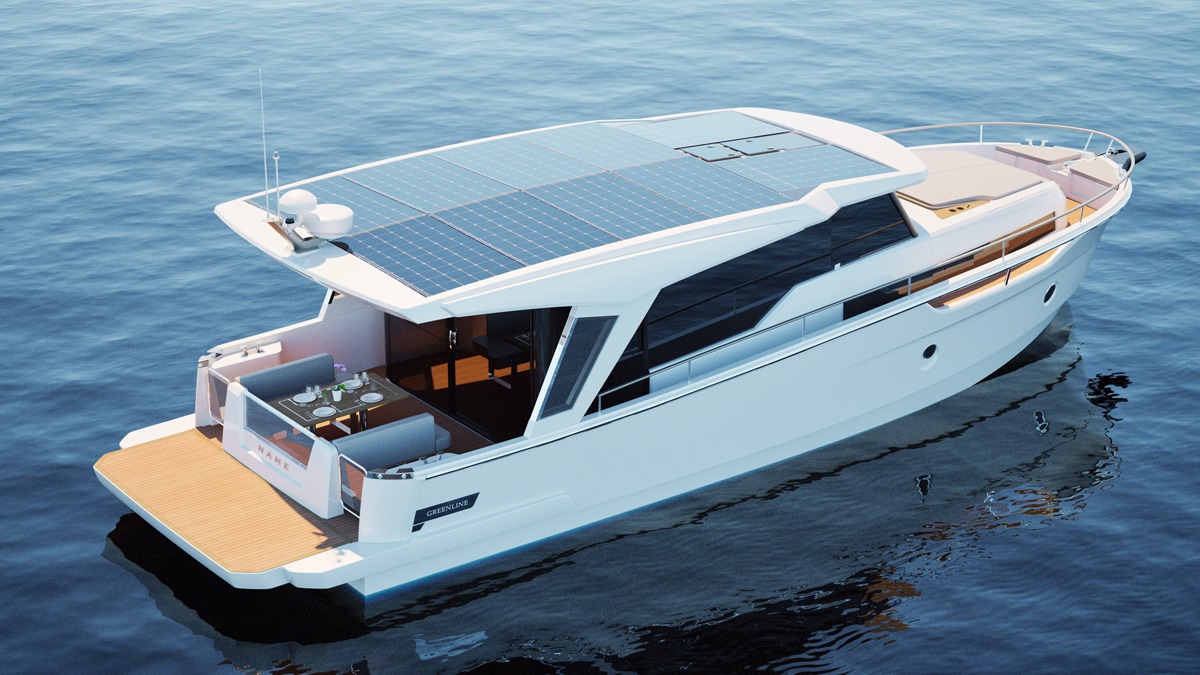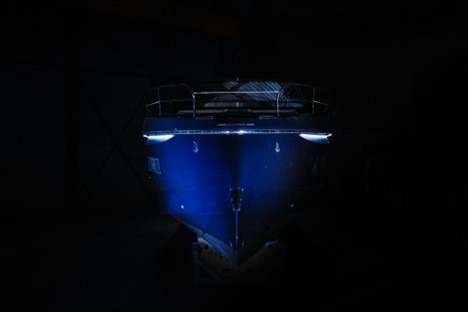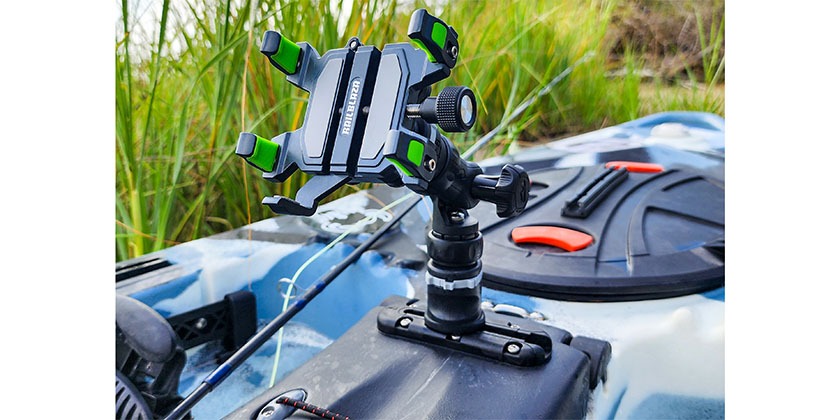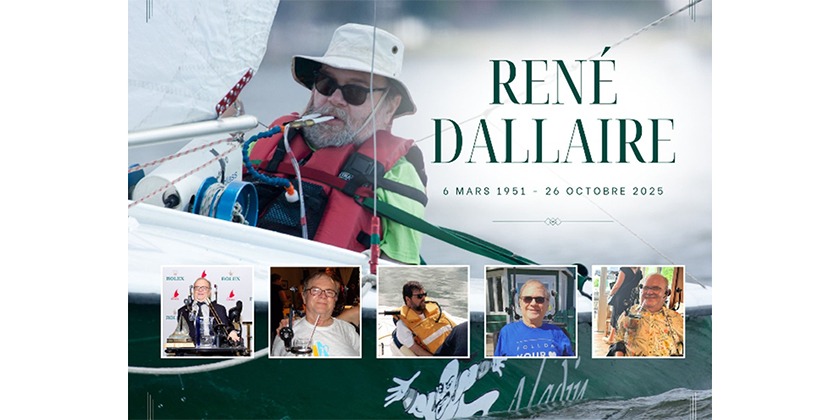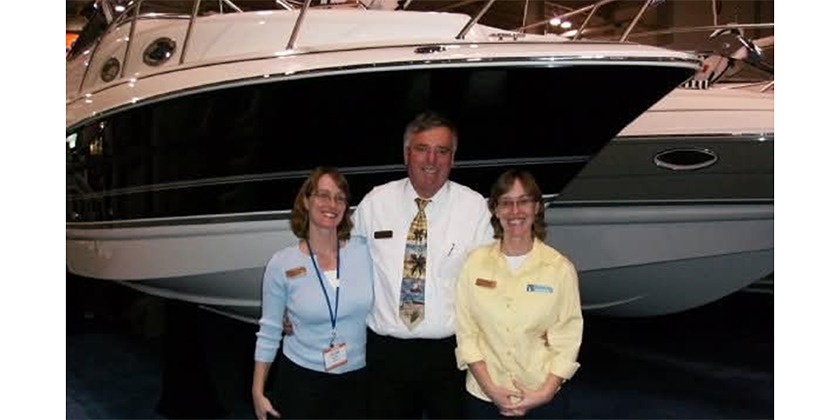ZF MARINE INTRODUCES NEW PROPULSION CONCEPT AT 2017 FORT LAUDERDALE SHOW
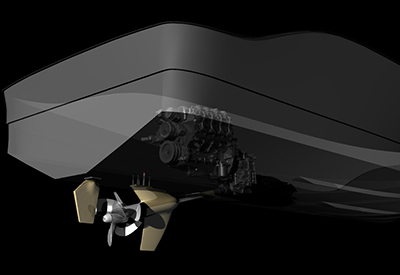
Nov 12, 2017
ZF Marine unveiled Project Disruption, a contra-rotating propeller concept for conventional inboard shaftline propulsion systems at the 2017 Fort Lauderdale International Boat Show.
ZF’s global Marine and Special Driveline Technology business unit introduced the “Project Disruption” concept to the public on the opening day of the 2017 Fort Lauderdale International Boat Show. The new propulsion concept introduces contra-rotating technology to conventional inboard shaftline applications.
The Project Disruption concept allows shaftline boat builders to harness the benefits of contra-rotating propellers, including increased efficiency, acceleration and reverse authority. The concept changes all of the pre-established constraints of trying to optimize propeller diameter with gear ratio.
The concept, intended to interface with a standard ZF marine transmission, is comprised of a strut-housed underwater gearbox which transmits power to two contra-rotating propellers.
“For many years there has been little innovation in inboard shaftline technology. ZF saw the opportunity to bring all the benefits of contra-rotating propellers to this most traditional of propulsion systems. We started with tow sports because it presented a unique opportunity to investigate the concept at full scale while subjecting it to a wide variation of loading conditions,” said Keith Stanley, Pleasure Craft Product Line Manager.
In addition to providing increased efficiency and acceleration, Project Disruption’s contra-rotating propellers will allow boat builders to consider a wider range of transmission ratios than what is possible today given propeller sizing constraints for single propeller shaftlines. This will allow naval architects the opportunity to better optimize the propeller to gear ratio relationship depending on vessel application and loads. The contra-rotating propellers will also offer improved reversing performance and low speed maneuvering by eliminating the propeller torque that currently affects single shaftline applications.
While initially sized for tow sports boats, the concept could be scalable to larger propulsion packages, or hybrid systems for a multitude of vessel applications.

